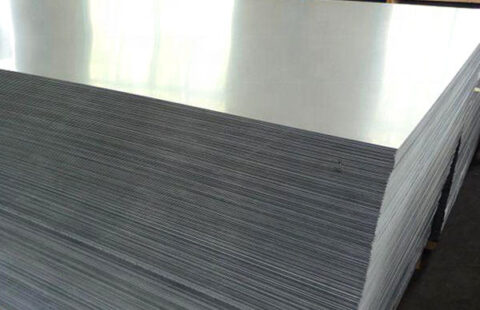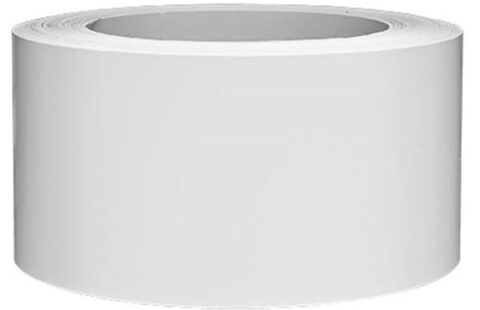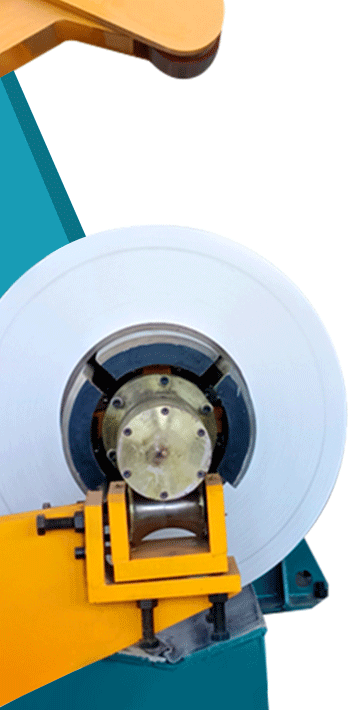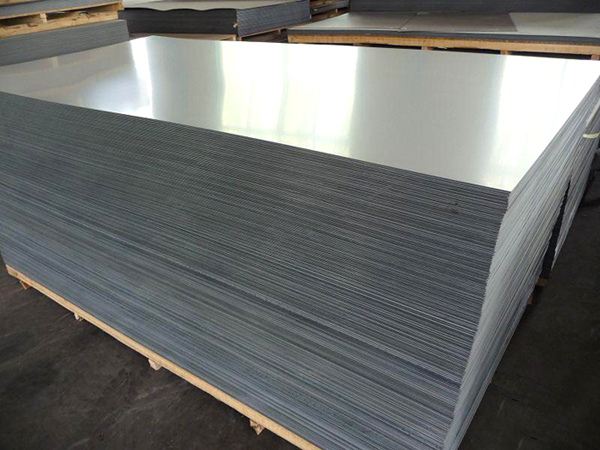
Aluminum Sheet And Aluminum Veneer
Aluminum veneer and aluminum sheet are two different types of aluminum products that have distinct characteristics and applications.
Aluminum veneer refers to a thin layer of aluminum that is applied to the surface of a substrate, usually a building façade or wall. The substrate can be made of materials such as concrete, brick, or steel.
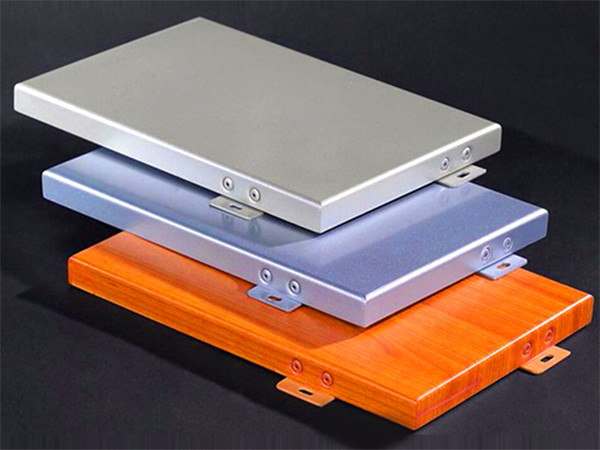

Aluminum Veneer
The purpose of the aluminum veneer is to enhance the appearance of the building, provide protection against weather and other environmental factors, and improve the insulation properties of the wall. Veneers are typically in high-end construction projects where aesthetics are a priority.
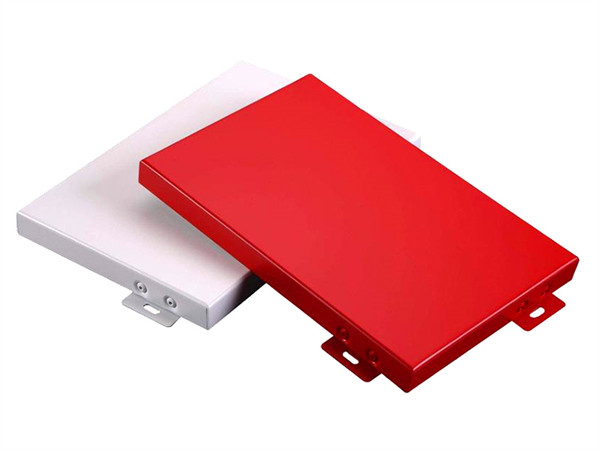
Aluminium Sheet
- Aluminum sheet, on the other hand, refers to a flat piece of aluminum that is in a variety of applications, such as roofing, cladding, and signage.
- It is a versatile material that is lightweight, durable, and corrosion-resistant. It is ideal for use in a wide range of industries.
- Aluminum sheet is available in various thicknesses, widths, and lengths, and can suit specific requirements.
What Is The Difference Between Aluminium Sheet And Veneer?
In summary, aluminum sheet is thinner and more flexible than aluminum veneer. It is typically application for functional purposes. While aluminum veneer is thicker and more rigid. It is primarily used for decorative purposes.
How To Choose Aluminium Veneer And Aluminium Sheet?
Choosing between aluminium veneer and aluminium sheet depends on the specific application and requirements. Here are some factors to consider when selecting between the two materials:
- Purpose: Consider the purpose of the material. Aluminium sheet is generally for functional applications, while aluminium veneer is for decorative purposes.
- Thickness: Aluminum sheet is thinner than aluminum veneer, so if you need a thinner material, choose aluminum sheet. On the other hand, if you require a thicker, more rigid material, choose aluminum veneer.
- Appearance: Aluminium veneer is available in a wide range of colors, textures, and finishes, making it ideal for decorative purposes. Aluminium sheet is available in various finishes but has a more limited range of colors and textures.
- Corrosion resistance: Both aluminum sheet and aluminum veneer are for their excellent corrosion resistance. However, if you require a higher level of corrosion resistance, choose aluminum sheet with a higher alloy content.
- Cost: The cost varies depending on factors such as thickness, size, and finish. Generally, aluminum sheet is less expensive than aluminum veneer.
In summary, choose aluminium sheet for functional applications that require a thinner, more flexible material, and aluminium veneer for decorative applications that require a thicker, more rigid material with a wide range of colors and textures. Consider factors such as appearance, corrosion resistance, and cost when making your selection.
Leave a Comment
You must be logged in to post a comment.

